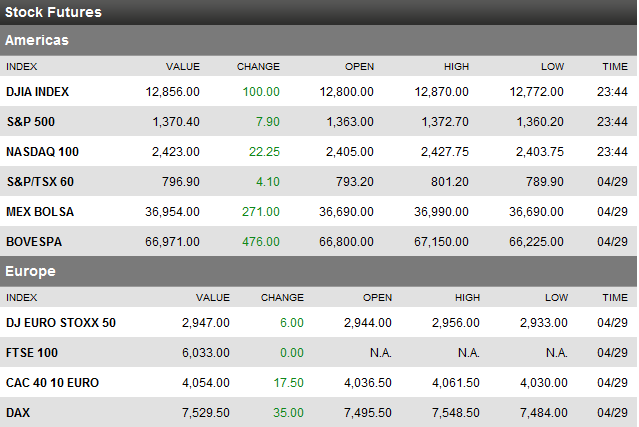With the economic barely hanging on, this wild card occurs Osama Killed.
Lets look at Silver first.
I would assume the USD will get a bid, but Silver has had a wild month or so. However, I do expect this sell off could continue but will be looking to buy when the bottom is reached.
Trading thoughts and ideas
Analysis of a wide range of stock, commodities and FOREX charts.
Specialized in gold and silver small-mid cap mining companies.
Monday, May 2, 2011
Sunday, May 1, 2011
Is John Maynard Keynes turning in his grave?
To
fight the recession that began in 2008, the Fed cut interest rates to 0.25% to
stimulate the economy. This rate change
did little, so “Quantitative Easing” began.
The definition of QE is: “The practice of increasing the supply of money
in order to stimulate economic activity “, aka printing money. Currently there is reason to believe another
massive round of quantitative easing will occur before the end of the
year.
Where
does Keynes come into the picture? Why is his name being pulled through the mud
by critics of stimulus spending? Keynes revolutionized
economics during the great depression in his paper “General Theory” which
argued that aggregate demand rather than aggregate supply drives
economies. Therefore government stimulus
during economic downturns is required to achieve full employment, which in turn
will increase aggregate demand. Sounds
like Keynes would support the US in its stimulus attempts to save the country,
right?
Wrong. Keynes never believed in the current
system. Have you asked yourself why the
USD is the world reserve currency? It
dates back to the Bretton Woods conference in 1944. The system was originally setup with the USD
as a world reserve currency; however, the USD was convertible to gold
($35/oz). This system broke down in
1971, when the convertibility of gold was suspended by Nixon. Keynes was at this conference and proposed a radically
different system that was designed to put the world on a path to sustainability.
He proposed a new supranational currency
called the Bancor.
The Bancor would
be used to facilitate trade between nations and be governed by the
International Clearing Union. Bancors
were backed by a barter system; however the value was expressed in gold ounces. The goal of this system was to put all
nations on a level playing field by requiring them to balance imports and exports. A country would export goods and receive a
credit in Bancors and when they imported they would pay with Bancors. To keep this system in equilibrium any nation
with a high amount of debt or credit would pay interest,
discouraging the hoarding of Bancors.
Keynes never
believed that one nation should control the world reserve currency and could
foresee the problems we are suffering today.
His proposal for a sustainable system by ensuring every country’s trade
account is balanced was shot down by his powerful American counter parts at the
Bretton Woods conference. Why isn’t the
current system sustainable? An economist
by the name of Robert Triffin explained in the 1960’s that a nation that
governs the world reserve currency faces a fundamental dilemma between domestic
growth and international growth. Even
though the USD cannot be converted into gold anymore, on March 29th
2009 the head of the Bank of China cited the Triffin Dilemma as to why the USD
cannot remain the world reserve currency.
The current
stimulus practices of the US government are not Keynesianism, because Keynes
believed in a sustainable system where trade and international currencies were
backed by something rather than nothing.
Labels:
Article
Subscribe to:
Comments (Atom)


